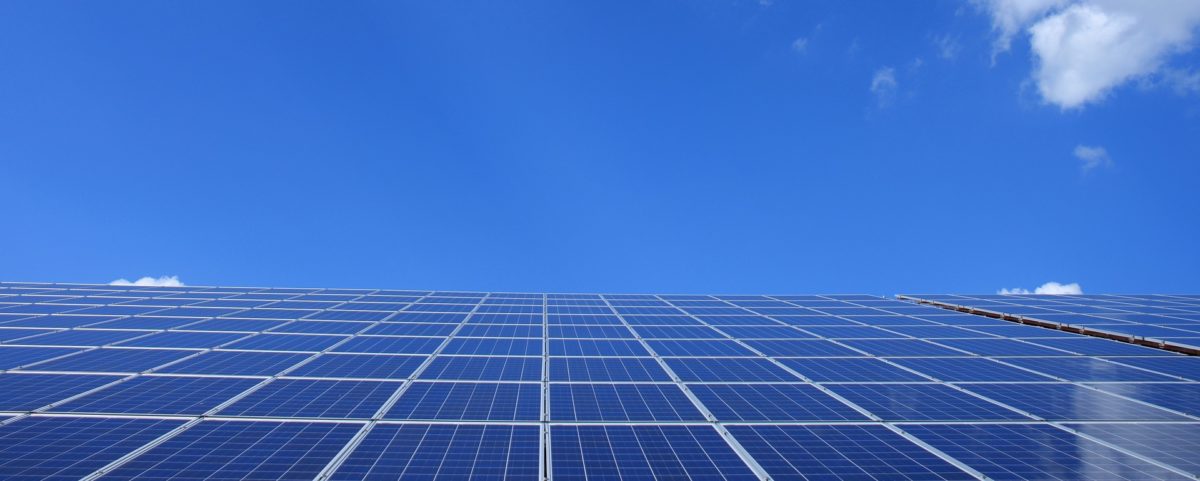If the UK installed as much wind power per square km as Germany does now, then, in 2050, the UK could be generating around half the level of UK electricity consumed in 2020 solely from onshore wind. This is despite the fact that Germany has a much larger proportion of its land reserved for nature protection compared to the UK.
In Germany there were some 56 GW of operational wind capacity in 2021 compared to around 14 GW in the UK. In fact the German target for onshore wind expansion is 115 GW. Of course Germany is a bigger country in terms of area than the UK, although set against that, it is generally a lot windier in the UK than it is in Germany. If the UK only had as much wind power per square km as the case of Germany today, then UK should have around 38 GW of wind power installed.
Of course if we are going to estimate the amount of wind power production that should be likely in the future with the same wind deployment as in Germany, we have to take account of the improving technological performance of windfarms.
We can, according to projections made by IRENA, the international renewable energy association, expect capacity factors of wind turbines to increase subtantially. Using their ‘low’ estimate (page 35), we can expect an improvement from around 26% in the case of wind power in the UK today today in the UK to at least 32% by 2050.
So if the UK can install as much per square km as Germany has today, and taking into account technological improvements, then production from onshore windfarms in the UK would rise from around 33 TWh today (about 10 per cent of UK energy consumption in 2020) to around 157 TWh in 2050 (about 48 % of UK electricity consumption). Indeed if the UK achieved, pro-rata for land area, the same as the German target for expansion then the equivalent of around 100 per cent of 2020 levels UK electricity production could be acheived.
In other words, if the UK expanded its wind power deployment to the extent that Germany does now (per square km) then the UK would likely be generating about half of 2020 UK electricity consumption levels from onshore wind power alone.
It is difficult to pin down geographical reasons for the UK’s relative lack of wind power. German population density is a little lower than that of the UK (233 people per sq km as opposed to UK’s 281 people per square km). On the other hand the amount of nature/landscape protected land in Germany is far higher – 37.5 per cent as opposed to 13.5% in the UK. So despite arguments that windfarms conflict with landscape and nature protection, the comparison with Germany implies that such conflicts are not the central reason for the relative lack of windfarm deployment the UK compared to Germany.
Of course, nothing like the scale of German expansion of onshore wind power can happen with current UK policies on wind power. Because of planning restrictions imposed in 2015 and 2016 by the Cameron-led Conservative Government, windfarms in the UK are effectively banned in England. Indeed since 2015 the Government has refused to offer any contracts to guarantee long term prices for onshore windpower generation. The Government is now going to offer small quantities of contracts for onshore wind later this year. But a maximum of 3.5 GW of contracts will be awarded, and perhaps not even that much, since the windfarms will have to compete with solar pv farms for the same tranche of contracts.
With such a small amount of capacity on offer, relatively few companies will be interested in trying to obtain planning consent, even in the regions (Scotland and Wales) that still offer some planning prospects for onshore wind. The UK’s onshore wind resource is going to continue to be grossly under-fulfilled. That is, without the prospect of much larger quantities of contracts being made available for onshore wind and also without changes in wind power planning law.
A further dimension in the lack of wind power is the relative lack of community involvement compared to Germany. There is a great deal of local community involvement in windfarms in Germany. Around two-fifths of windparks in Germany are owned by citizen energy communities. These are encouraged by local councils and voluntary organisations. There is a community wind power sector in UK, but it is relatively small. The UK Government has been considering ways of incentivising local support for wind farms, including offering local people reduced electricity prices. However an essential start would be, on the one hand, to reverse the ban on windfarms in England (imposed in 2015) and secondly, increase the amount of Government contracts available for onshore wind power developers. Otherwise, apart from a failure to reduce carbon emissions, we could be increasing energy prices in the future.
Sign the petition for mandatory solar panels on buildings and fossil fuels to be banned in new buildings. See the petition page here.
